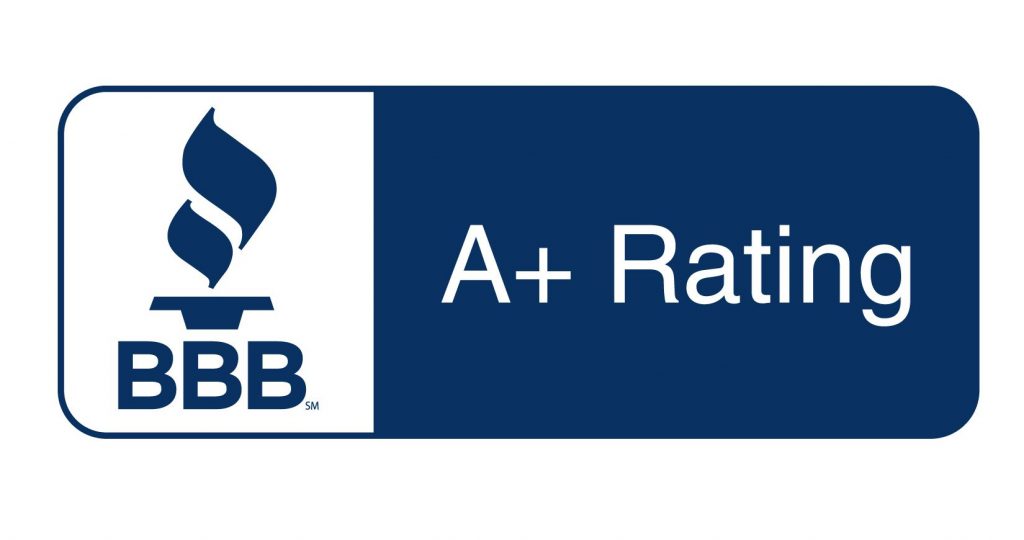If you’re turning 65 or reviewing your Medicare coverage, you may find yourself asking one of the most common questions in the Medicare world: Are Medicare Advantage plans better than Medigap Plan G?
At first glance, both options seem to offer strong coverage, but they do so in very different ways. One is typically lower in premium but includes cost-sharing, while the other offers near-complete coverage with a higher monthly cost.
In this article, we’ll break down the key differences between Medicare Advantage plans and Medigap Plan G, compare costs and benefits, and help you decide which might be the better choice for your needs.
Understanding the Basics
First, we need to have an understanding of what each option really means.
What Is Medicare Advantage?
Medicare Advantage (Part C) plans are offered by private insurance companies approved by Medicare. These plans bundle your Medicare Part A (hospital) and Part B (medical) coverage and often include Part D (prescription drug coverage) and extras like dental, vision, and hearing benefits.
Medicare Advantage plans work on a managed care model. Most plans are HMOs or PPOs, meaning they have provider networks and may require referrals for specialists. You pay lower premiums in exchange for cost-sharing (copays, coinsurance) as you use services. The federal government sets a maximum out-of-pocket limit for these plans, which varies by plan but must be no more than $9,350 in 2025.
What Is Plan G?
Medigap Plan G is a Medicare Supplement insurance plan that works alongside Original Medicare. You can see any provider nationwide who accepts Medicare, and Plan G helps pay for nearly all out-of-pocket costs except the Part B deductible (which is $257 in 2025).
Plan G offers predictable coverage and freedom of provider choice, but you’ll typically pay a monthly premium that is significantly higher than most Medicare Advantage plans. Plan G does not include prescription drug coverage, so you’ll need a standalone Part D plan.
Cost Comparison
Next, let’s look at how the two options compare in cost.
Premiums
- Medicare Advantage: Many plans have $0 premiums, though some have monthly costs depending on benefits and location.
- Plan G: Monthly premiums vary by age, ZIP code, and carrier, but the average cost ranges from $100 to $200+ per month.
Out-of-Pocket Costs
- Medicare Advantage: You’ll pay copays or coinsurance as you go. Costs depend on how often you use healthcare services. Plans have an annual out-of-pocket limit, but this could still amount to thousands in a bad health year.
- Plan G: After you pay the small annual Part B deductible ($257 in 2025), Plan G covers 100% of Medicare-approved costs for the rest of the year. This makes it a favorite for people who want predictability.
Prescription Drug Coverage
- Medicare Advantage: Most plans include Part D drug coverage at no additional premium.
- Plan G: Requires a separate Part D drug plan, which comes with its own monthly premium, deductible, and copays.
Total Annual Costs
To truly compare, it’s important to consider total costs, not just premiums. A Medicare Advantage plan might save you money if you use very little care, while Plan G may save you thousands in a year with hospitalizations or specialist visits.
Provider Access and Networks
Provider access and networks is one of the biggest, most important considerations when comparing Medicare Advantage and Plan G.
Plan G
With Plan G, you’re using Original Medicare, which means you can see any doctor or specialist in the country who accepts Medicare. You don’t need referrals, and you’re not restricted by network limitations.
This is especially valuable if:
- You travel frequently or live in multiple states throughout the year
- You want the freedom to choose top specialists without network restrictions
Medicare Advantage
Most Medicare Advantage plans are HMO or PPO plans:
- HMO: You must stay in-network except for emergencies and may need a referral to see a specialist.
- PPO: You can go out of network, but you’ll pay more.
Some areas have strong networks, while others are more limited. If your preferred providers aren’t in-network, you may have to switch doctors or pay higher costs.
Additional Benefits
One of Medicare Advantage’s biggest selling points is the array of “extra” benefits included in many plans:
- Preventive and comprehensive dental
- Vision and hearing exams and devices
- Over-the-counter (OTC) allowances
Gym memberships like SilverSneakers - Transportation or home meal delivery (in some plans)
Plan G doesn’t include these benefits. However, you can buy standalone dental, vision, or hearing coverage if needed.
Just keep in mind: These extra benefits in Medicare Advantage plans vary widely and may come with usage restrictions, annual limits, or narrow provider networks.
Flexibility and Predictability
Think about what is most important to you – flexibility or predictability?
Plan G: The Predictable Route
Plan G appeals to people who want:
- Consistent, predictable healthcare costs
- Freedom to choose any Medicare provider
- Minimal surprise billing
You’ll know exactly what your healthcare budget looks like each month. After the Part B deductible, virtually every covered service is 100% paid for.
Medicare Advantage: Flexibility with a Catch
Medicare Advantage plans offer low or no premiums and bundled benefits. But:
- You’ll need to track copays, coinsurance, and deductibles
- Prior authorizations and claim denials are more common
- Costs vary depending on how often you use services
This makes Medicare Advantage more of a “pay as you go” model.
Enrollment and Medical Underwriting
Lastly, let’s talk about enrollment guidelines and timelines.
Plan G
- You can enroll in Plan G without medical underwriting during your Medigap Open Enrollment Period, which begins when you’re first enrolled in Medicare Part B and age 65 or older.
- Outside of that window, you may have to answer health questions and could be denied coverage based on preexisting conditions.
Medicare Advantage
- Medicare Advantage is available to anyone enrolled in Part A and Part B, and you can’t be denied coverage based on health status.
- You can enroll or switch plans during the Annual Election Period (October 15–December 7) each year.
- Some people switch to Medicare Advantage because they missed their Medigap enrollment window or were denied Medigap due to underwriting.
Which Is Better for You?
There’s no one-size-fits-all answer—what’s “better” depends on your personal needs, health, budget, and preferences.
Plan G might be a better fit if:
- You want maximum provider flexibility
- You travel frequently or live in multiple states
- You have ongoing health issues or expect frequent care
- You want predictable out-of-pocket costs
Medicare Advantage might be better for you if:
- You’re in good health and want to minimize monthly premiums
- You’re comfortable with provider networks and copays
- You want bundled extras like dental, vision, and hearing
- You don’t mind tracking benefits and navigating authorizations
A licensed agent can help you compare the total value of each option – not just the premiums or the “extras.”

Get Help from a Trusted Medicare Advisor
With the Annual Election Period (October 15–December 7) fast approaching, now is the perfect time to evaluate your options. Whether you’re aging into Medicare or considering a switch, understanding these choices is key to finding coverage that fits your life.
At Carolina Senior Benefits, we help you look at the big picture: your budget, health, travel habits, and preferences. Our licensed agents can walk you through both options and help you choose a plan that truly works for you.
Contact us today for free, personalized help comparing Medicare Advantage plans and Medigap Plan G in your area.





